| Wednesday, November 11, 2020 | |
| 07:00 | Registration and welcome coffee |
| 09:00 | Opening remarks by SEMI |
Session 1: Executive Keynote Session |
|
| Chair |
Steffen Kroehnert, President and Founder, ESPAT-Consulting - Steffen Kroehnert
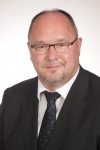
 Biography |
| 09:05 | Introduction by Session Chair |
| 09:10 | Keynote |
Advanced Packaging Market, Thibault Buisson, COO, Yole Développement |
|
| 09:35 | Keynote |
Heterogeneous Integration Roadmap (HIR), Bill Chen, ASE Fellow, ASE Group |
|
| 10:00 | Keynote |
Packaging in Europe - Micro Balling on Chips with a High Ball-count for Space Applications - an Extension of the Process Capabilities at AEMtec |
|
Dan Negrea, SVP New Technologies, AEMtec GmbH Packaging in Europe - Micro Balling on Chips with a High Ball-count for Space Applications - an Extension of the Process Capabilities at AEMtec
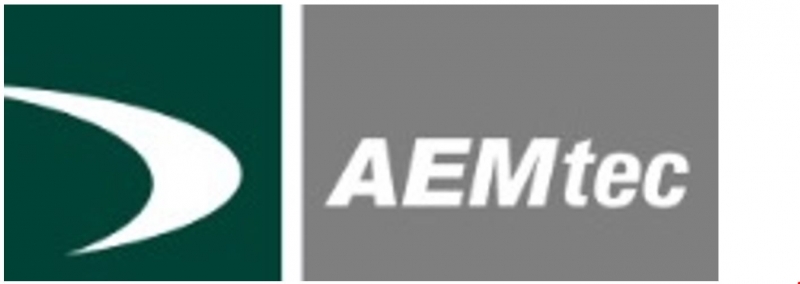 Abstract Biography |
|
Session 2: Hybrid Live-Virtual Session |
|
| 10:25 | Opening Remarks by the session moderator |
| 10:28 | A New Approach for IR Failure Analyses of Components with Low-emissivity Surfaces without Blackening |
Dan Wargulski, Scientific Staff Member, Berliner Nanotest und Design GmbH A New Approach for IR Failure Analyses of Components with Low-emissivity Surfaces without Blackening
 Abstract Biography |
|
| 10:30 | Aerosol Jet Printed Interconnects: Benefits and Performance Characterization |
Kyle Homan, Applications Engineer, Optomec GmbH Aerosol Jet Printed Interconnects: Benefits and Performance Characterization
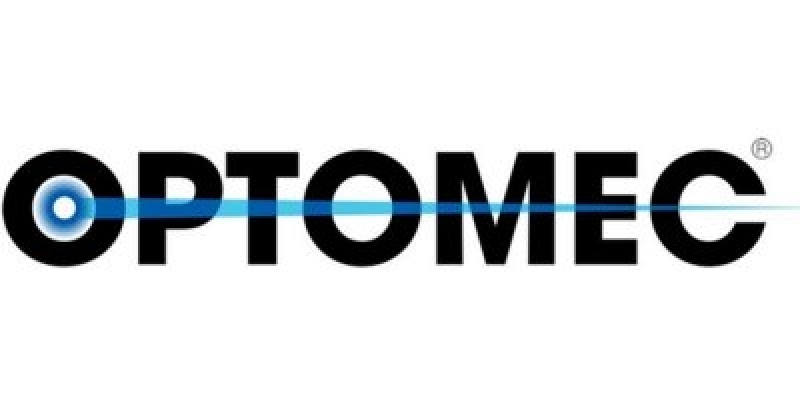 Abstract Biography |
|
| 10:32 | Innovative Microstructures in Glass for Advanced Packaging Applications |
Rafael Santos, Technical Sales Manager LIDE, LPKF Laser & Electronics AG Innovative Microstructures in Glass for Advanced Packaging Applications
 Abstract Biography |
|
| 10:34 | Maskless Lithography Optimized for Heterogeneous Integration |
Bozena Matuskova, Business Development Manager, EV Group (EVG) Maskless Lithography Optimized for Heterogeneous Integration
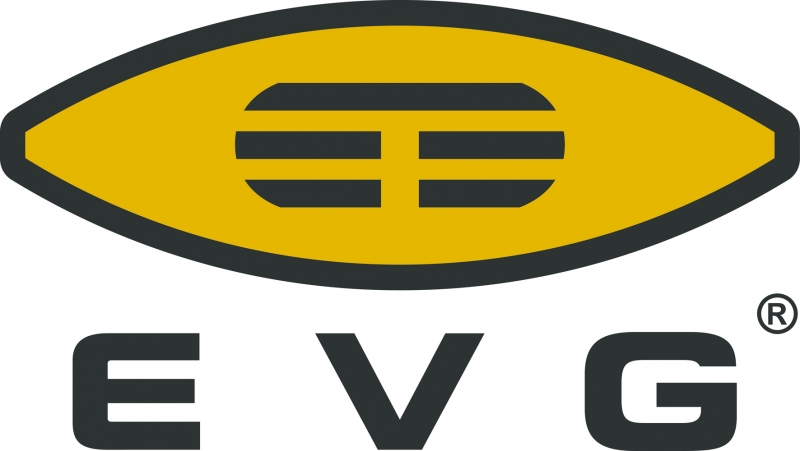 Abstract Biography |
|
| 10:36 | Pushing Boundaries in Ultra-thin Flexible Substrate-like PCB Manufacturing |
Mohamed Elghazzali, Senior Scientist, Evatec AG Pushing Boundaries in Ultra-thin Flexible Substrate-like PCB Manufacturing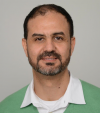
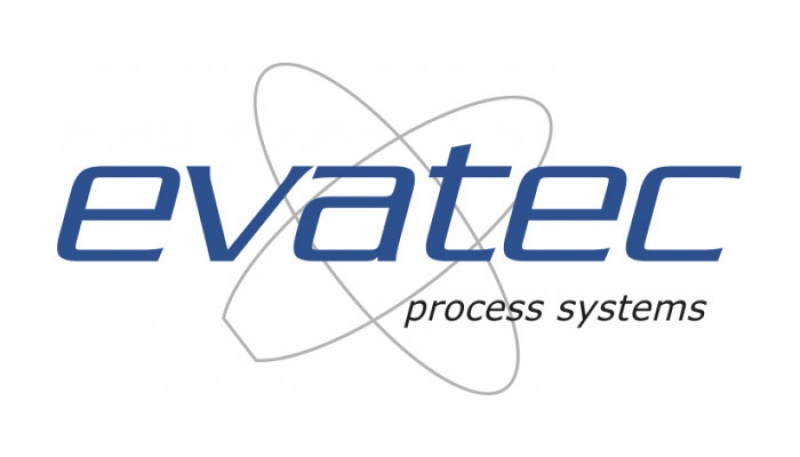 Abstract Biography |
|
| 10:38 | FHE Manufacturing Technologies to Reduce Assembly Thickness |
Marcel Grooten, Managing Director, DoMicro BV FHE Manufacturing Technologies to Reduce Assembly Thickness
 Abstract Biography |
|
| 10:40 | An Ultra-thin and Multilayered Parylene based Printed Circuit Board with a High Flexibility |
Franz Selbmann, scientist, Fraunhofer Institute for Electronic Nano Systems An Ultra-thin and Multilayered Parylene based Printed Circuit Board with a High Flexibility
 Abstract Biography |
|
| 10:42 | Ultra-Thin Capacitors with Carbon Nanofibers with High Capacitance Density |
Vincent Desmaris, CTO, Smoltek AB Ultra-Thin Capacitors with Carbon Nanofibers with High Capacitance Density
 Abstract Biography |
|
| 10:44 | Control of Advanced Packaging by Improved Optical Profiler Metrology |
Samuel Lesko, Applications development director, Bruker Control of Advanced Packaging by Improved Optical Profiler Metrology
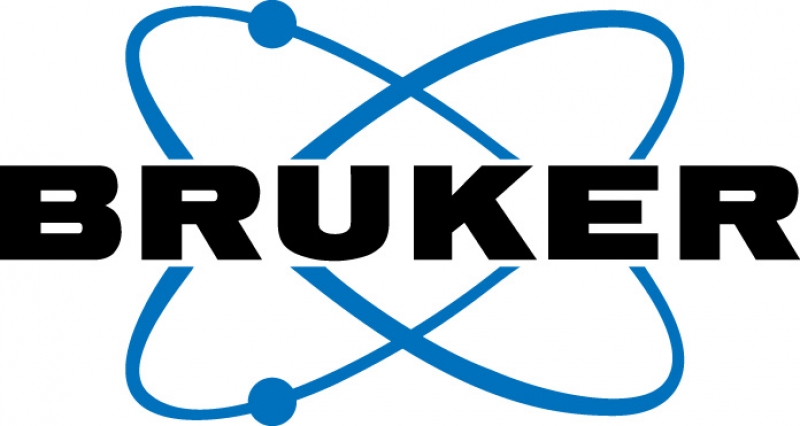 Abstract Biography |
|
| 10:46 | Rapid packaging of system components |
Andreas Krause, Scientist, MicroPack3D Rapid packaging of system components
 Abstract Biography |
|
| 10:48 | Advanced Plasma Dicing for Manufacturing of 3D Stacked Devices |
Shogo Okita, Process Equipment Development Department Manager, Panasonic Smart Factory Solutions Co., Ltd. Advanced Plasma Dicing for Manufacturing of 3D Stacked Devices
 Abstract Biography |
|
| 10:50 | Coffee break |
Session 3: Packaging Technology & Processes |
|
| 11:20 | Introduction by session Chair, Frank Kuechenmeister, GLOBALFOUNDRIES |
| 11:25 | Keynote |
Challenges for Heterogeneous Integration in Package – Applications Driving Materials and Processes towards Diversity |
|
Thorsten Meyer, Lead Principal Engineer, Infineon Technologies Challenges for Heterogeneous Integration in Package – Applications Driving Materials and Processes towards Diversity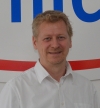
 Abstract Biography |
|
| 11:50 | Flip-Chip Scale Package(FCCSP) Process Characterization and Reliability of Coreless Thin Package with 7nm TSMC Si |
Eduardo De Mesa, Package Engineer, Intel Deutschland GmbH Flip-Chip Scale Package(FCCSP) Process Characterization and Reliability of Coreless Thin Package with 7nm TSMC Si
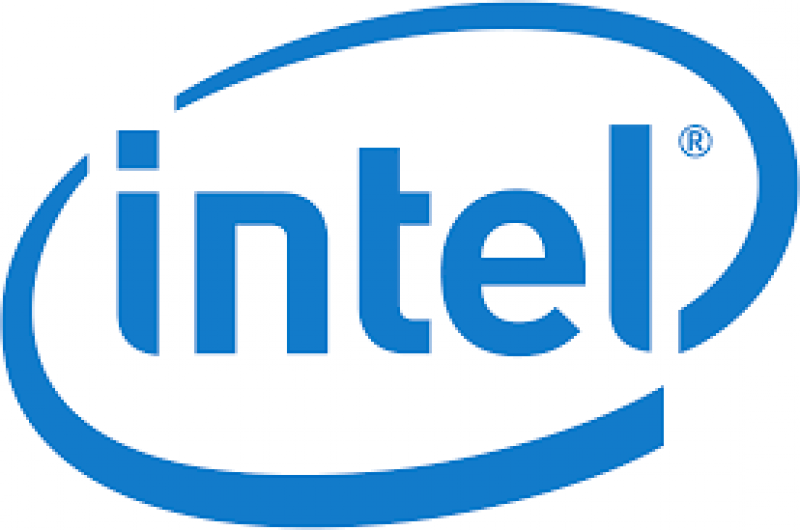 Abstract Biography |
|
| 12:10 | Active Mold Packaging for Novel Antenna-in-Package Interconnection and Manufacturing |
Florian Roick, Business Development Active Mold Packaging, LPKF Laser & Electronics AG Active Mold Packaging for Novel Antenna-in-Package Interconnection and Manufacturing
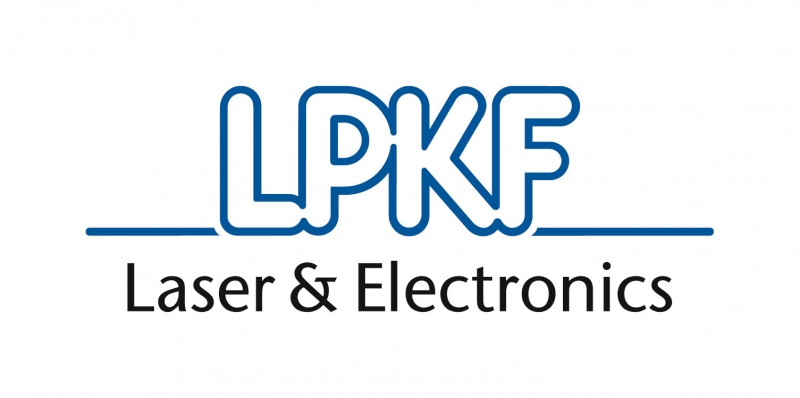 Abstract Biography |
|
| 12:30 | High Throughput & High Yield Heterogeneous Integration with Implemented Metrology for Collective D2W Bonding |
Elisabeth Brandl, Business Development Manager, EVG High Throughput & High Yield Heterogeneous Integration with Implemented Metrology for Collective D2W Bonding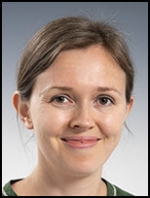
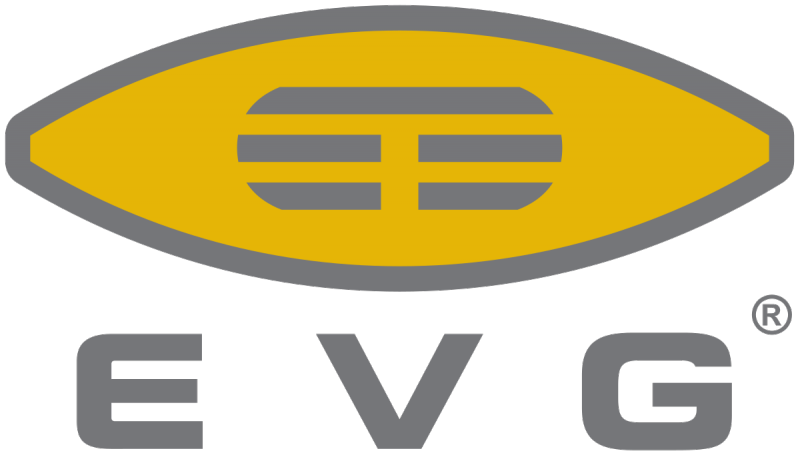 Abstract Biography |
|
| 12:50 | Vertical Stacking of Controller IC on a Copper Clip Attached on MOSFET as a Space-saving Solution for High Current Switch e-fuse Applications |
Alastair Attard, Sr. Technical Program Manager & Assembly Business Development, United Test and Assembly Center Ltd Vertical Stacking of Controller IC on a Copper Clip Attached on MOSFET as a Space-saving Solution for High Current Switch e-fuse Applications
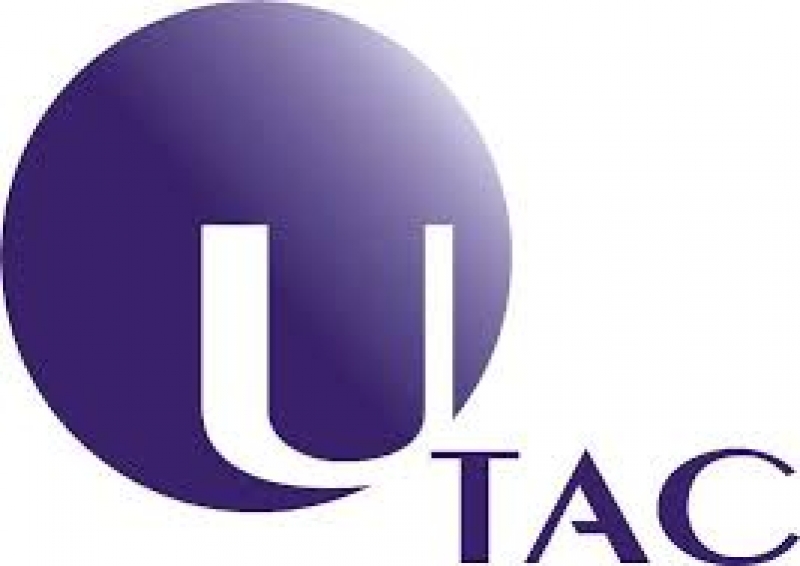 Abstract Biography |
|
| 13:10 | Lunch break |
Session 4: Package Simulation, Evaluation & Characterization |
|
| 14:10 | Opening remarks by session chair, Andy Miller, imec |
| 14:15 | Keynote |
Keynote Presentation: more information coming soon |
|
| 14:40 | New Solutions for Plasma Dicing, and New Solutions for Processing of SiC Wafers Ranging from Ingot Splitting, Grinding, Polishing to High Speed and Chipping Free Dicing |
Gerald Klug, General Sales Manager, DISCO Hi-Tec Europe GmbH New Solutions for Plasma Dicing, and New Solutions for Processing of SiC Wafers Ranging from Ingot Splitting, Grinding, Polishing to High Speed and Chipping Free Dicing
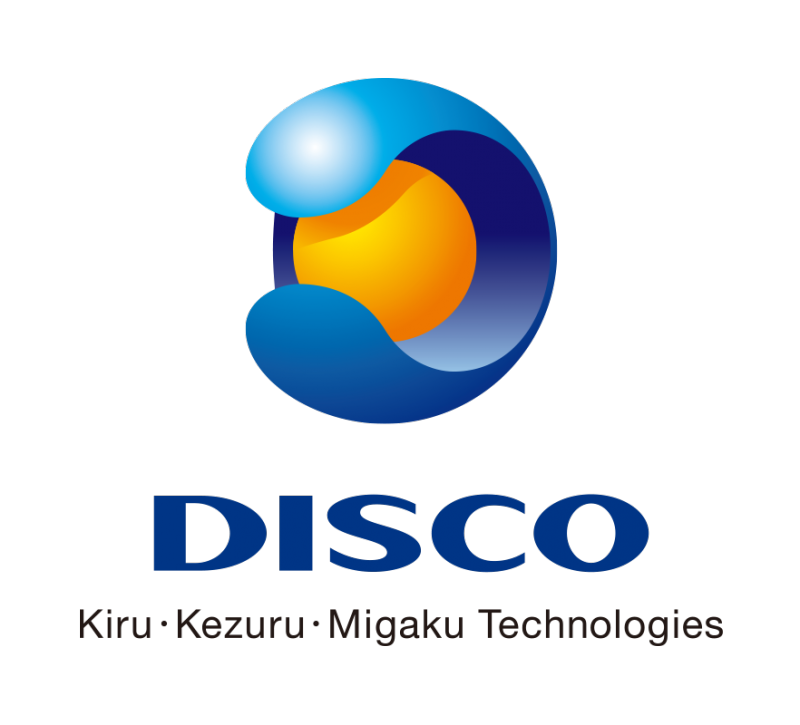 Abstract Biography |
|
| 15:00 | Virtual Prototyping for System-in-Package with Heterogeneous Integration - Enabler for faster Time-to-Market |
Ghanshyam Gadhiya, Research Associate, Fraunhofer ENAS Virtual Prototyping for System-in-Package with Heterogeneous Integration - Enabler for faster Time-to-Market
 Abstract Biography |
|
| 15:20 | Innovative Packaging and Evaluation Approach for an Universal Sensor Platform |
Carsten Brockmann, Group Manager Sensor Nodes and Embedded Microsystems, Fraunhofer Institut für Zuverlässigkeit und Mikrointegration Innovative Packaging and Evaluation Approach for an Universal Sensor Platform
 Abstract Biography |
|
| 15:40 | Coffee break |
Session 5: New Material Developments |
|
| Chair |
Peter Cockburn, Program Manager, Cohu, Inc.
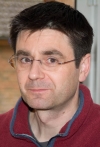
 Biography |
| 16:10 | Opening remarks by session chair |
| 16:15 | Keynote |
Heterogeneous Integration - The New Driver of Innovation and Growth |
|
Rozalia Beica, Chief Sales Officer, Semiconductor Division, AT&S Heterogeneous Integration - The New Driver of Innovation and Growth
 Abstract Biography |
|
| 16:40 | Enabling Assembly and Packaging Material Developments for Next Gen RF Devices, Antennas and Radars |
Ruud de Wit, Business Development Manager EMEA, Henkel Belgium NV Enabling Assembly and Packaging Material Developments for Next Gen RF Devices, Antennas and Radars
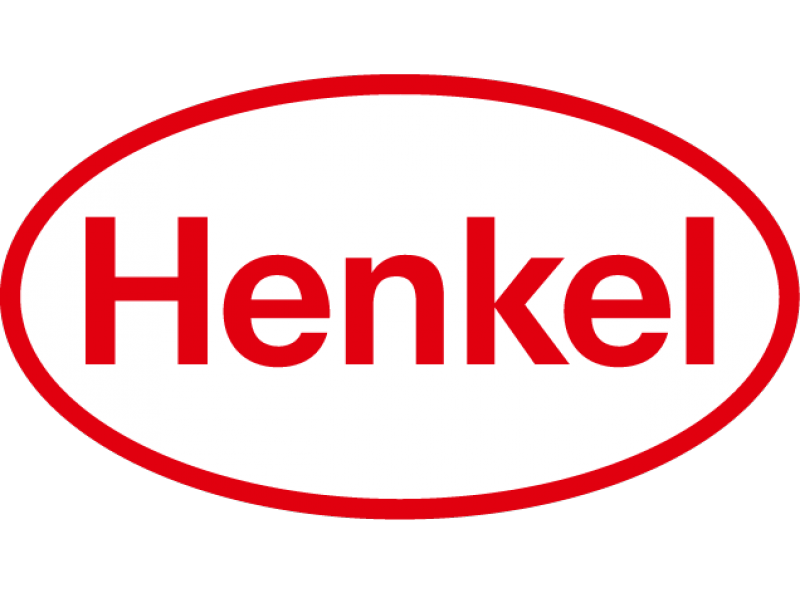 Abstract Biography |
|
| 17:00 | Development of a Foil based Flexible Interposer for Power Conditioning IC in Energy Autarkic Systems |
Erwin Yacoub-George, Scientist, Fraunhofer EMFT Development of a Foil based Flexible Interposer for Power Conditioning IC in Energy Autarkic Systems
 Abstract Biography |
|
| 17:20 | Sponsored presentation coming soon |
| 17:40 | Holistic Thermal Material Characterization Approach for Thermal Performance Optimization of Electronic Packages |
Tobias von Essen, Head Of Marketing, Berliner Nanotest und Design GmbH Holistic Thermal Material Characterization Approach for Thermal Performance Optimization of Electronic Packages
 Abstract Biography |
|
| 18:00 | Final opportunity for Q&A |
| 18:20 | Final remarks and End of conference |